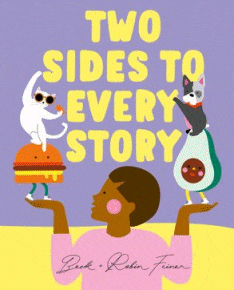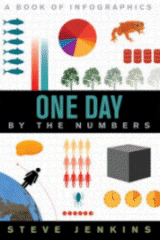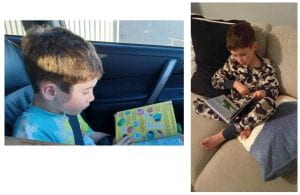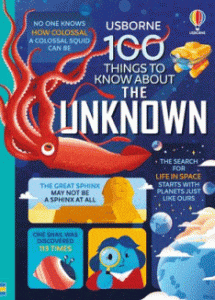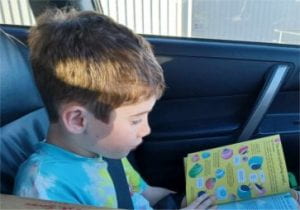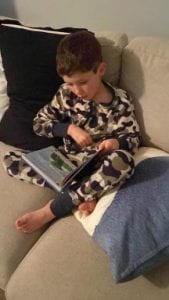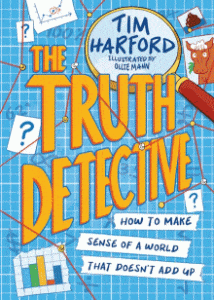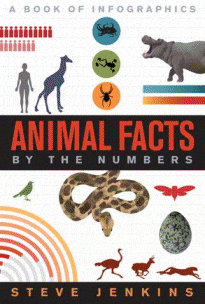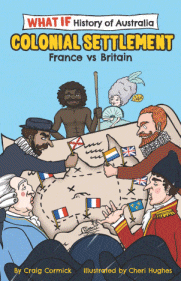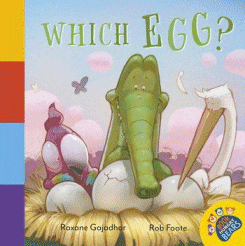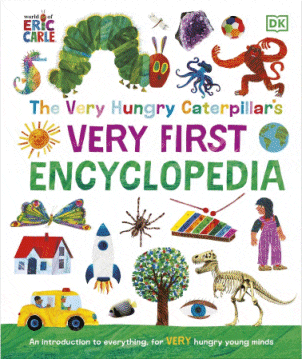
Etta and the Octopus
Etta and the Octopus
Zana Fraillon
Andrew Joyner
Lothian, 2023
100pp., pbk., RRP $A14.99
9780734421685
FOUND!
One octopus!
Likes to eat tuna sandwiches.
Goes by the name of ‘Oswald’.
It all began when Etta decided to take a bath . . . And realised she wasn’t alone. In the bath sat Oswald. Etta had never had an octopus in her bath before. At first, Etta thinks it might be fun to have Oswald around. But she soon learns that octopuses are not very good at being tidy . . . or cooking . . . or sharing . . . or even playing nicely. Just as Etta has almost had enough, someone comes to claim Oswald. Oswald isn’t perfect, but does Etta really want to send him away?
This is another in the collection of books for emerging independent readers that focus on a young person being befriended by an unusual creature – in this case, an octopus. It has all the structures like a larger font, short chapters and plenty of illustrations that a young person needs; it contains instructions for the game that Etta and Oswald play, and Andrew Joyner has included a step-by-step guide to drawing Oswald. But what sets it apart is that Etta starts making a list of the pros and cons of having an octopus as a pet, a strategy that our young readers can learn and adapt as they venture into the realm of persuasive writing. Their growing maturity allows them to view a problem or situation from more than their own perspective and to be able to stand back and look at the advantages and disadvantages and then list these so they can make an informed opinion is the basis of a quality argument which is at the heart of persuasive writing and being a critical thinker.
So, having shared the story with the students, it offers opportunities to set up similar situations such as a dragon having taken up residence in the school playground, so they can start to explore and develop this strategy for themselves.
The ending of this story sets it up to be a series so perhaps there will be more to come that those who like quirky adventures can enjoy.
